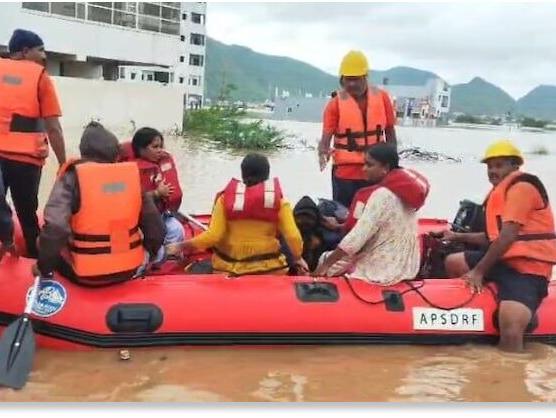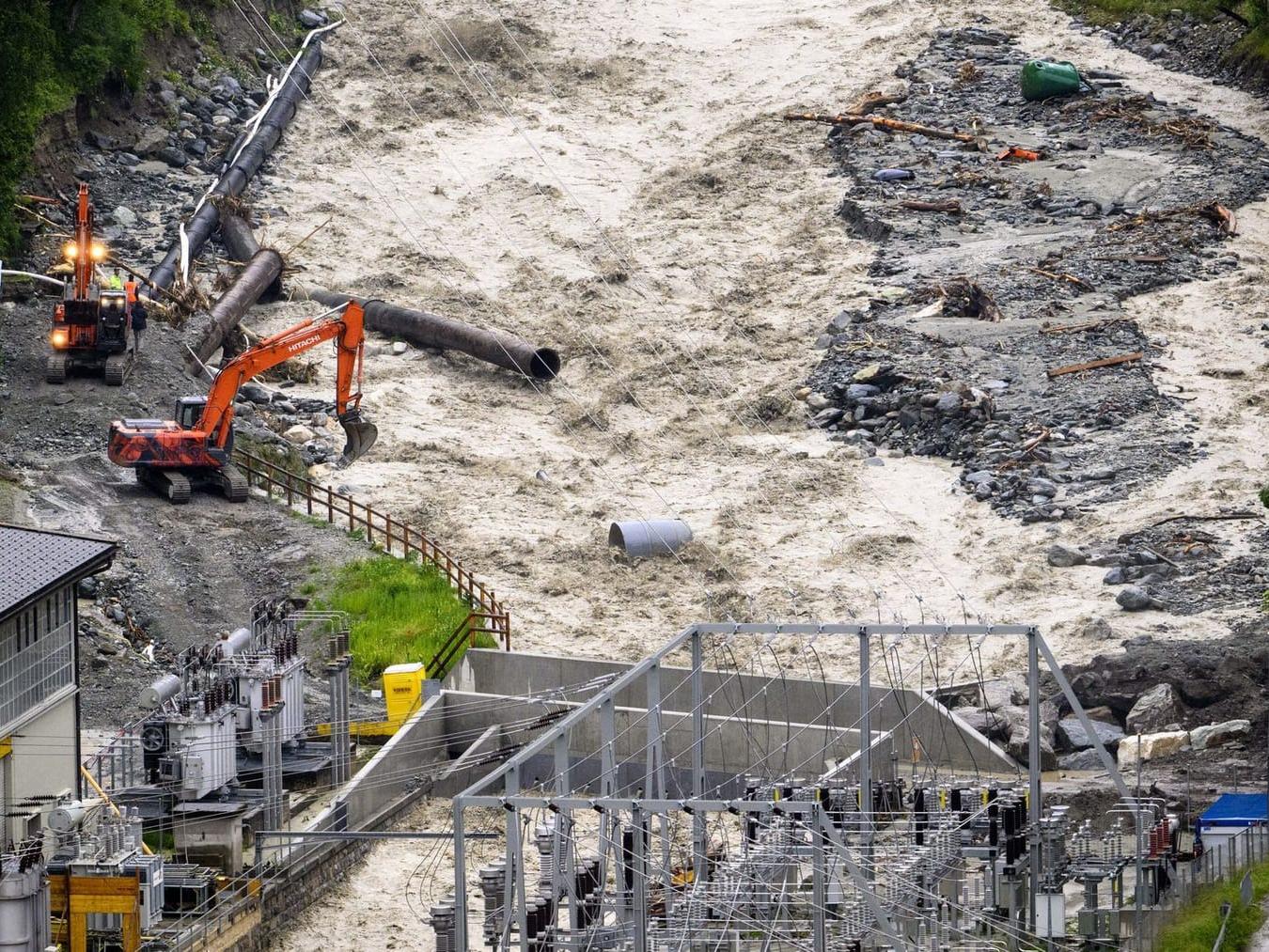A succession of studies have concluded that the devastating floods that submerged Rio Grande do Sul, Brazil, were made twice as likely due to human-induced climate change and intensified by El Niño. These floods, described as the worst disaster in the region’s history, have claimed over 170 lives and displaced nearly 600,000 people. The studies, conducted by the World Weather Attribution group and other international climate scientists, found that the combination of climate change and El Niño increased the intensity of the rainfall by 6-9%. The event, which occurred once every 100 to 250 years, is now expected to become more frequent as the Earth continues to warm. The floods have highlighted the urgency for governments to implement policies that reduce vulnerability to floods, restore natural ecosystems, and strengthen infrastructure to be resilient to future floods. The studies also pointed out the lack of rigor in the implementation of environmental laws, contributing to the occupation of flood-prone areas and increasing the risk of disaster. As the global temperature is projected to rise by 2°C above pre-industrial levels in the next 20 to 30 years, similar flood events are expected to become twice as likely.
Key points
- Climate change has doubled the likelihood and increased the intensity of devastating floods in southern Brazil.
- Over 170 people have died and nearly 600,000 have been displaced due to the floods.
- The floods are expected to become more frequent and intense as global temperatures continue to rise.
- There is an urgent need for improved urban planning and infrastructure to mitigate the impacts of such extreme weather events.



